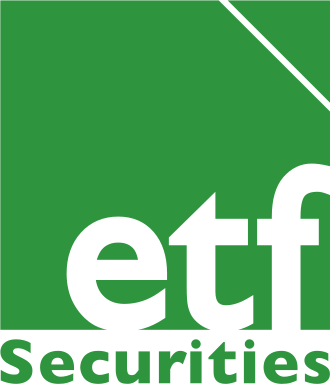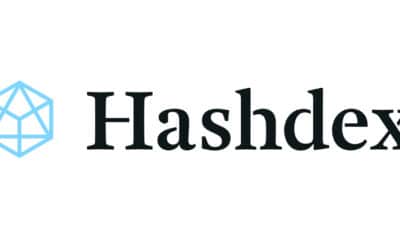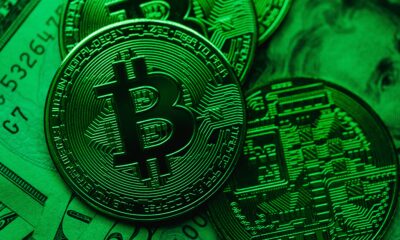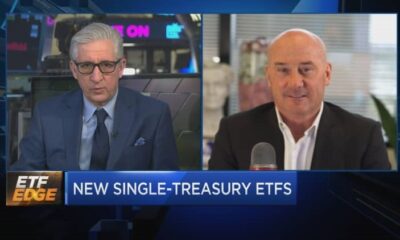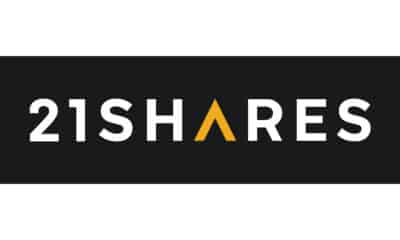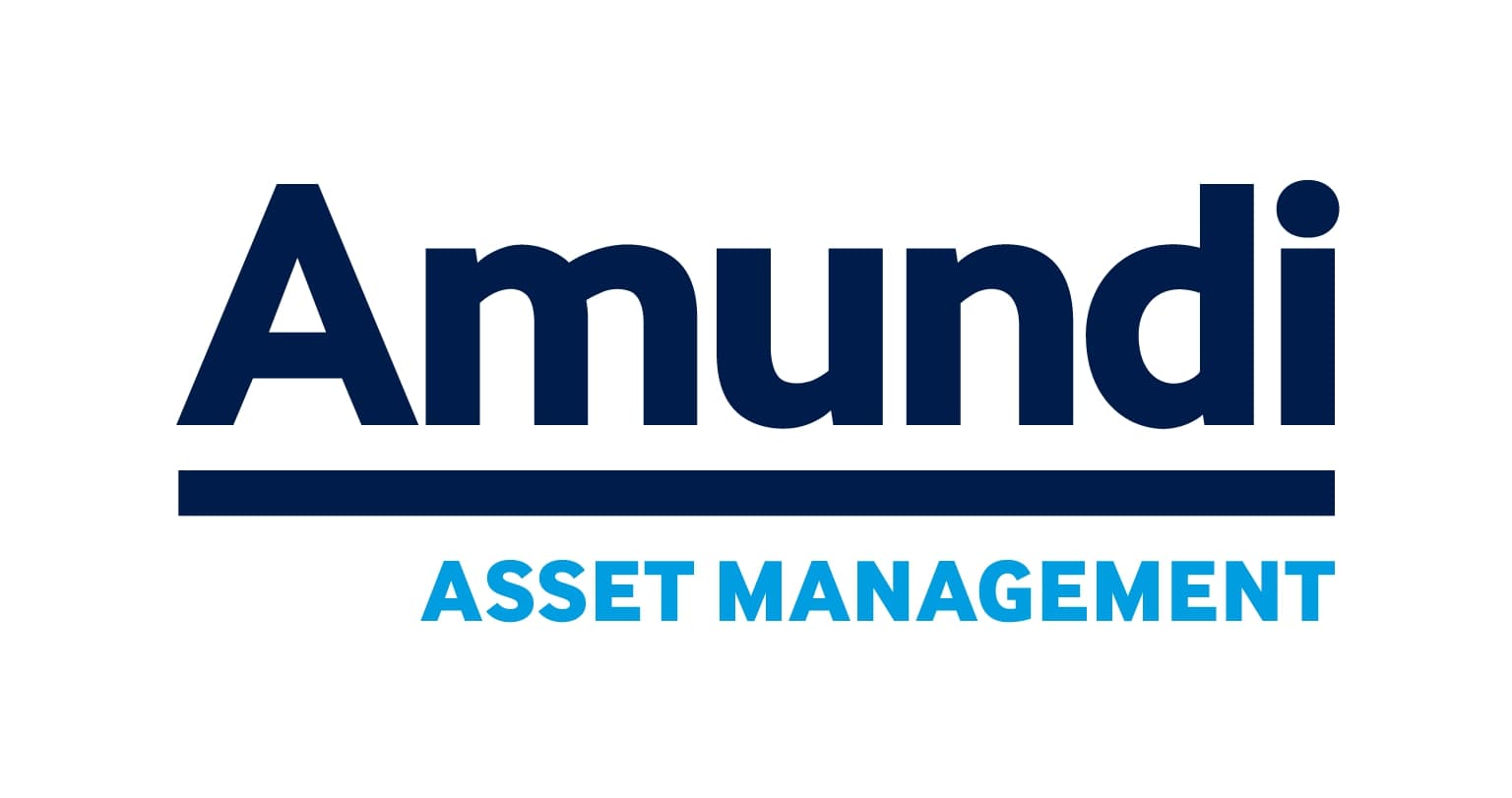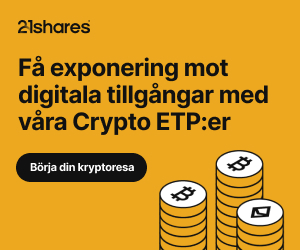ETFS Multi-Asset Weekly – Jobs data keeps Fed on track for rate hikes this year
Download the complete report (.pdf)
Highlights
• Oil prices continue to slide.
• European bourses generally traded higher although Greek stocks were heavily hit after the reopening of its market.
• Commodity currencies diverge.
Declining oil prices led the commodity sector lower, with a swelling glut in production weighing on price. We believe that the current low oil price environment will encourage high cost producers to cut back on production, paving the way for price gains in the future. An appreciating US dollar maintained pressure on the commodity complex more generally. With 215,000 jobs added to the US economy in July, the Federal Reserve is likely to remain on track for an interest rate hike later this year. Consensus expectations are for a September hike, although the futures market is looking further out in the year for the central bank to pull the trigger.
Commodities
Oil prices continue to slide. WTI and Brent crude oil benchmarks fell 8.0% and 7.1% respectively to the lowest levels since March and January. The global supply glut shows little sign of relenting. US oil rigs in operation have increased three weeks in a row. OPEC’s monthly report due tomorrow is likely to confirm that Saudi Arabia has continued to increase production beyond 10.5mn barrels per day, adding more oil to an oversupplied market in it pursuit for market share. As the summer driving season in the US starts to wind down and refineries undergo maintenance before the winter period, demand for crude is likely to hit a lull, weighing on price in the short-term. Current conditions are likely to drive the cuts in capex to high-cost non-US, non-OPEC production, helping to tighten supply in the future. Wood Mackenzie estimates US$200bn of capex cuts across the industry, primarily in deep-sea production.
Equities
European bourses generally traded higher although Greek stocks were heavily hit after the reopening of its market. The Greek Stock Exchange re-opened after a five-week hiatus, allowing investors to sell their holdings. Greek stocks fell an initial 23% on Monday, before trimming losses to just 16% by Friday. European manufacturing purchasing managers indices surprised to the upside, lifting investor sentiment about the pace of the economic recovery. The DAX, FTSE MIB and FTSE100 gained 2.7%, 1.8% and 1.3% respectively. MSCI China A-Shares ended the week 0.4% higher as the market responded to the equity market support offered by the government. An estimated US$144bn has been spent by the government on supporting the market and we believe a considerable amount of resources are available to the China Securities Finance Corp, the state-owned margin lending agency that is the main conduit for injecting rescue funds into the market.
Currencies
Commodity currencies diverge. The Australian dollar increased 1.0% against the US dollar after the Reserve Bank of Australian left rates on hold at 2%. Despite disappointing economic data amid weak resource prices, a buoyant property market is driving the RBA’s reluctance to cut rate too far, especially as the efficacy of further cuts is likely to decline as we reach the zero bound. Falling oil prices weighed on oil exporting countries, with the Norwegian Krone and the Canadian dollar dropping 1.4% and 1.0% respectively against the US dollar. We expect the CAD and NOK to outperform AUD and NZD in months ahead as the oil price begins to recover. The US dollar rallied against most currencies, with the latest labour market data giving fuel for the Federal Reserve to hit the trigger on rate increases later this year. The Bank of Japan remained dovish at its latest policy meeting, helping the Yen depreciate.
For more information contact:
ETF Securities Research team
ETF Securities (UK) Limited
T +44 (0) 207 448 4336
E info@etfsecurities.com
Important Information
General
This communication has been issued and approved for the purpose of section 21 of the Financial Services and Markets Act 2000 by ETF Securities (UK) Limited (”ETFS UK”) which is authorised and regulated by the United Kingdom Financial Conduct Authority (”FCA”).

 Nyheter4 veckor sedan
Nyheter4 veckor sedan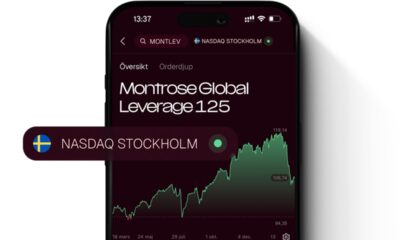
 Nyheter3 veckor sedan
Nyheter3 veckor sedan
 Nyheter4 veckor sedan
Nyheter4 veckor sedan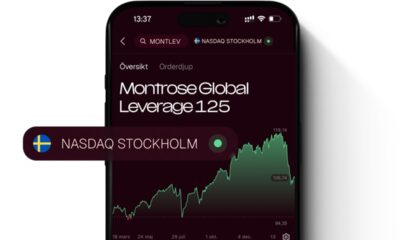
 Nyheter3 veckor sedan
Nyheter3 veckor sedan
 Nyheter3 veckor sedan
Nyheter3 veckor sedan
 Nyheter2 veckor sedan
Nyheter2 veckor sedan
 Nyheter3 veckor sedan
Nyheter3 veckor sedan
 Nyheter2 veckor sedan
Nyheter2 veckor sedan
